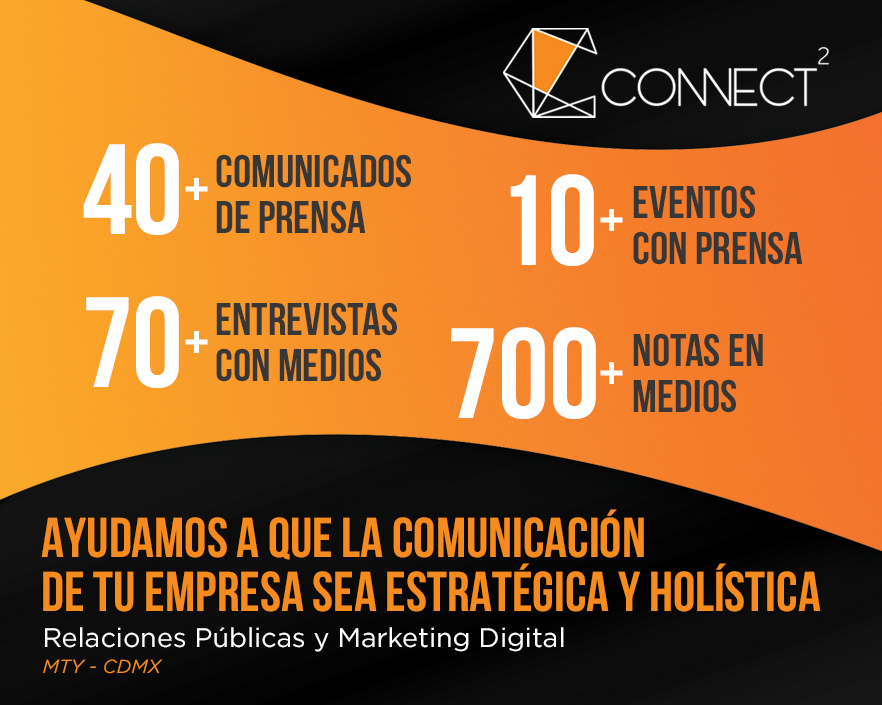Companies must, therefore, judiciously manage commission structures to balance rewarding sales performance and managing overall expenses. Due to its support for continuous business operations and lack of a clear connection to creating goods produced, overhead is considered a period cost. Consider working with TranZact’s production management solution to improve cost control and get a competitive advantage. TranZact gives Indian SME Manufacturers the resources, analysis, and business intelligence reports they need to succeed in the market. Therefore, helping in making wise decisions and taking charge of your costs for a more profitable business is very important. Under different costing system, product cost is also different, as in absorption costing both fixed cost and variable cost are considered as Product Cost.
Key Differences Between Product Cost and Period Cost
In summation, appreciating the difference between product and period cost is essential for accurate financial reporting. Sales commissions neatly fall into the category multinational operations of period costs because they are integral to selling activities rather than production. By categorizing them correctly, businesses can enhance their financial transparency and management, which ultimately supports strategic decision-making. As businesses reflect on their accounting practices, embracing these distinctions will pave the way for more informed financial strategies and healthier financial outcomes. Additional examples of period costs are marketing expenses, rent that is unrelated to a production plant, office depreciation, and indirect labor. The interest a business pays on its loan would additionally be considered a period cost.
When you look at a business’s income statement or a balance sheet, product and period costs show up there, influencing different parts of these financial statements. Since they can’t be traced to products and services, we attribute them to the period in which they were incurred. Most period costs are fixed because they don’t vary from one period to another. Let’s discuss the accounting treatment of product costs and period costs in greater detail. In a nutshell, we can say that all the costs which are not product costs are period costs.
Cost of product vs period cost: reflecting costs in financial statements
In the intricate world of accounting, period costs hold a vital place, shaping how companies understand their financial performance. Period costs are expenses that are not directly tied to the production of goods or services but occur with regularity, usually within a specific accounting period. Unlike product costs, which are only recorded when goods are sold, period costs are accounted for within the financial period they are incurred.
Product vs Period Costs: Differences & How To Distinguish
Product costs include the costs to manufacture products or to purchase products. If a product is unsold, the product costs will be reported as inventory on the balance sheet. When the product is sold, its cost is removed from inventory and will be included on the income statement as the cost of goods sold. Product costs (also known as inventoriable costs) are those costs that are incurred to acquire, manufacture or construct a product. In manufacturing companies, theses costs usually consist of direct materials, direct labor, and manufacturing overhead cost. According to the Matching Principle, all expenses are matched with the revenue of a particular period.
One unique aspect of product costs is their treatment as assets until the product is sold. Instead of being immediately expensed, product costs are capitalized, meaning they are recorded on the balance sheet as an asset. It’s only when the product is sold that these costs are transferred to the Cost of Goods Sold (COGS) category on the income statement. This approach aligns with the principle of matching expenses with revenue, providing a more accurate representation of the true cost of goods sold. Product costs are frequently considered inventory and are known as “inventoriable costs” since they are used to calculate the inventory value.
Period costs affect Operating Expenses, impacting overall profitability on the Income statement.
So, as they don’t influence inventory valuation, period costs don’t create confusion about the value of unsold goods. Operating expenses are the funds a business pays regularly to stay in business – rent, salaries, and advertising costs, to name a few. They play a significant role in shaping the overall profitability of a business because they directly impact how much money it gets to keep after covering all these ongoing expenses. Product costs directly impact a company’s income statement, affecting the cost of goods sold (COGS), Period costs, on the other hand, impact the operating expenses section.
The key difference between product cost and period cost is that product concurs when a company produces definition of form 941 any products. Consequently, they are not apportioned to any product but charged as an expense in the income statement. For businesses, especially for small enterprises and startups, understanding how to classify expenses like sales commissions is crucial.
The timing of period costs
They are the costs that are directly and indirectly related to producing an item. door hangers are The most common product costs are direct materials, direct labor, and manufacturing overhead. Selling expenses are costs incurred to obtain customer orders and get the finished product in the customers’ possession.
Connect With a Financial Advisor
- The most common product costs are direct materials, direct labor, and manufacturing overhead.
- And product costs play a significant role, especially in valuing the goods a company hasn’t sold yet.
- Period costs include any costs not related to the manufacture or acquisition of your product.
- To continue our bakery example, let’s say we’re hiring an external bookkeeper to do the books.
- The product costs for a retailer will be the amount paid to the supplier plus any freight-in.
- For proper financial reporting and to successfully determine revenue, pricing strategies, and cost control methods, it is necessary to distinguish between product costs and period costs.
- Both of these types of expenses are considered period costs because they are related to the services consumed over the period in question.
A manufacturer’s product costs are the direct materials, direct labor, and manufacturing overhead used in making its products. Grasping the difference between product and period costs serves as a financial compass for businesses. Moreover, this understanding empowers businesses to manage costs effectively, making informed decisions about product pricing, production efficiency, and overall operational strategies. On the other hand, costs of goods sold related to product costs are expensed on the income statement when the inventory is sold. For proper financial reporting and to successfully determine revenue, pricing strategies, and cost control methods, it is necessary to distinguish between product costs and period costs. If a company’s management understands both product and period costs, they can use it in improving decision-making.
- Administrative activities are the most pure form of period costs, since they must be incurred on an ongoing basis, irrespective of the sales level of a business.
- This information can be used to make decisions about where to allocate resources and how to improve efficiency.
- People often confuse product and period costs due to the complexity of accounting terminology and the different ways these costs are treated in financial reporting.
- Rent can be a period cost or a product cost depending on what the rented building is used for.
- If the rented building is used as a manufacturing facility, it is a product cost.
- So, if the revenues are recognised for an accounting period, then the expenses are also taken into consideration irrespective of the actual movement of cash.
- It is a financial exercise and a strategic need to divide costs into various categories, such as product costs vs. period costs.
So, if the revenues are recognised for an accounting period, then the expenses are also taken into consideration irrespective of the actual movement of cash. By virtue of this concept, period costs are also recorded and reported as actual expenses for the financial year. Balancing product and period costs is important for your business performance efficiency. Product costs help you fine-tune the price of each item you sell, ensuring profitability. Period costs guide decisions about how to efficiently rule your small business realm to stay afloat, impacting staffing, advertising, and day-to-day operations. Unlike product costs, period costs don’t linger in the inventory valuation storyline.
Product costs form part of inventory and the balance sheet, making them inventoriable cost. They only affect the income statement when inventory is sold, and the cost of inventory becomes COGS. Moreover, period costs are expenses in the income statement of the period in which they were incurred. Wages for administrative employees are period costs, whereas direct labor tied to production is a product cost.




